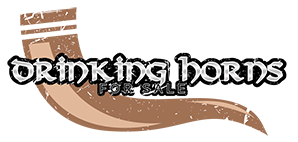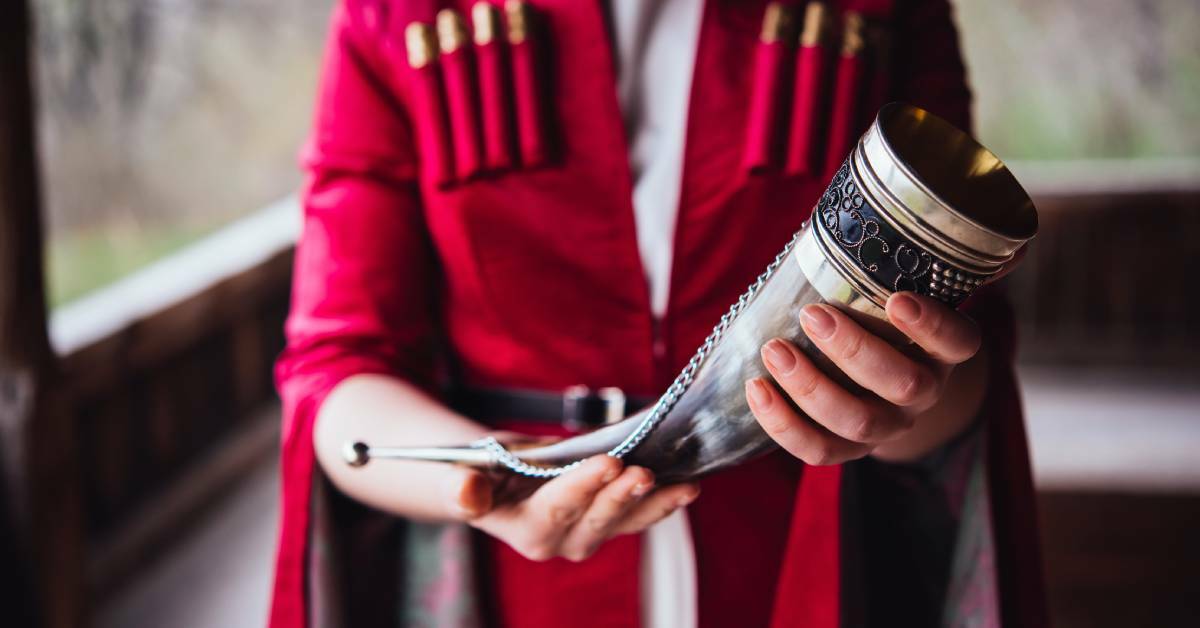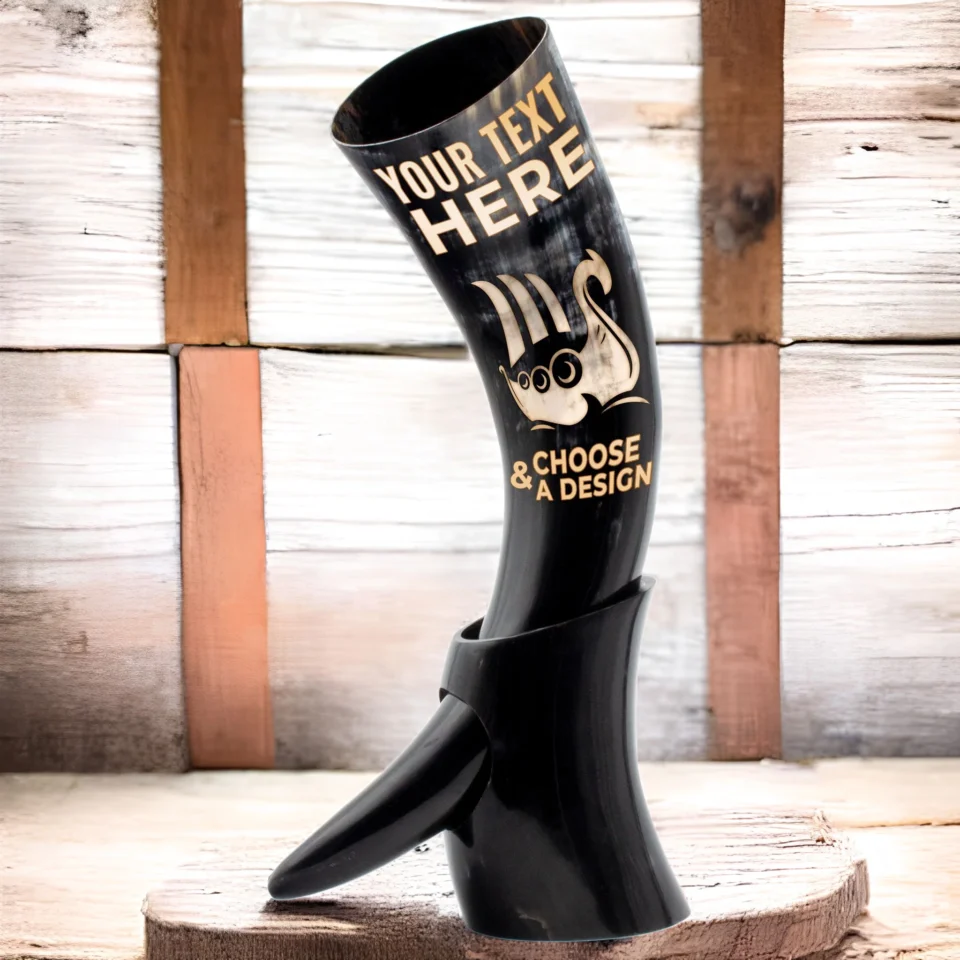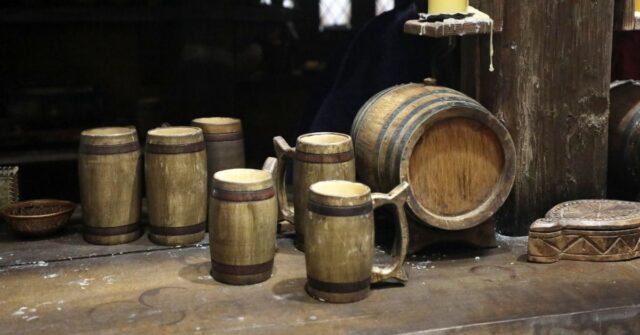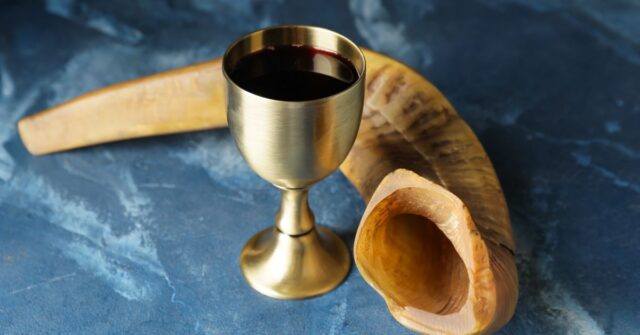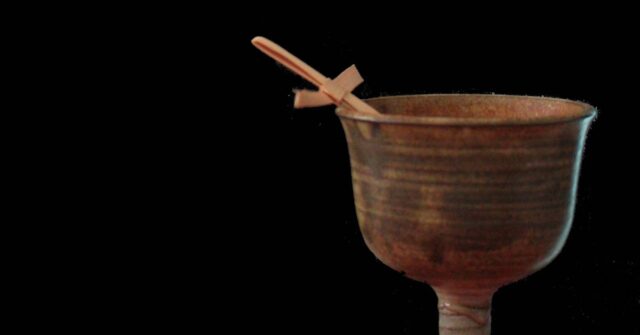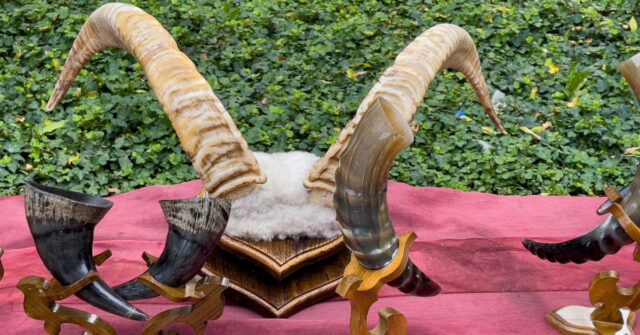The cultural significance of drinking horns spans centuries, continents, and cultures.
These iconic vessels, which played important roles in historical rituals, social events, and mythology, have evolved over time, reflecting the artistry and beliefs of the societies that crafted them.
This article explores the rich history of drinking horns, their evolution, and their place in modern society.
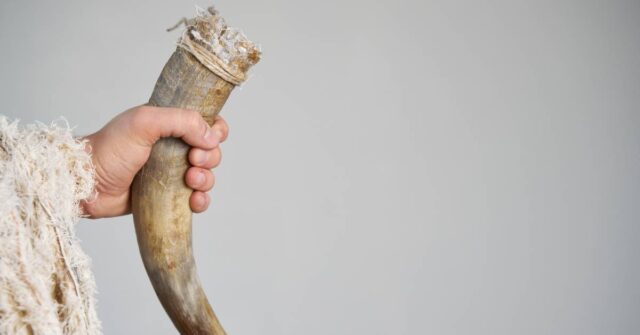
Origins of the Drinking Horn
The concept of drinking from a horn originates from the ancient practice of using naturally occurring materials to create utensils. Animal horns, being hollow and watertight, were ideal for this purpose.
But beyond their practicality, these drinking vessels took on symbolic significance in various cultures.
The Significance of Horns in Ancient Cultures
Horns, in general, have held deep symbolic significance in many ancient cultures, representing power, fertility, abundance, and divine intervention.
The use of horns as drinking vessels may have been influenced by these symbolic interpretations, attributing an added layer of reverence and meaning to their use.
First Uses: Drinking Horns in Antiquity
Archeological evidence suggests that drinking horns date back to the Bronze Age.
Early examples have been discovered in regions ranging from the Balkans to Scandinavia, attesting to their widespread use and cultural significance in antiquity.
The Drinking Horn in Myth and Legend
Drinking horns have featured prominently in the mythology and folklore of several cultures, often associated with gods, heroes, and mystical feats, thus enhancing their symbolic value and cultural importance.
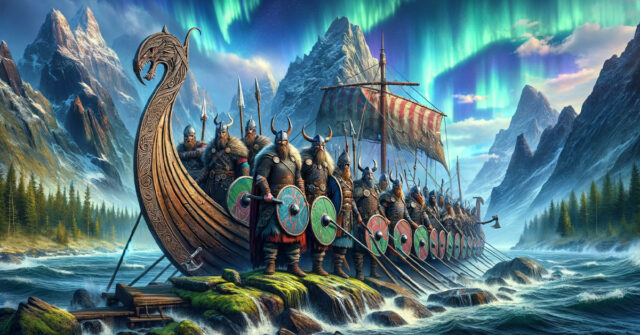
Norse Mythology and the Mead of Poetry
Perhaps one of the most famous examples is the Mead of Poetry in Norse mythology, a magical mead that could grant the gift of poetry and wisdom.
This mead was drunk from a horn, further enshrining the drinking horn’s place in myth and legend.
Legends of the Drinking Horn in Other Cultures
The drinking horn is also featured in the myths and legends of other cultures, from the Georgian tale of the Horn of Plenty to the Celtic stories of magical cauldrons and horns providing endless sustenance.
Historical Development of Drinking Horns
The design, use, and cultural significance of drinking horns have evolved over the centuries, shaped by social, religious, and artistic trends of different periods.
Drinking Horns in the Middle Ages
Drinking horns continued to be popular in the Middle Ages, especially in Northern Europe. Their use and design during this time were influenced by several factors, including social hierarchy and craftsmanship.
Role in Feasting and Social Hierarchy
During medieval feasts, drinking horns often signified status and power. Larger, more elaborately decorated horns were typically used by the high-ranking individuals, signifying their position in the social hierarchy.
Design and Craftsmanship
The design and craftsmanship of medieval drinking horns varied widely. While simpler horns were used by common people, nobles often used horns adorned with gold, silver, and gemstones, carved with intricate designs and motifs.
Drinking Horns in the Renaissance
The Renaissance, a period of renewed interest in classical culture and aesthetics, saw a shift in the design and use of drinking horns. They were often crafted with more refined techniques and included elements inspired by classical mythology and history.
The Drinking Horn in Eastern Europe
In Eastern Europe, particularly in regions such as the Caucasus, the drinking horn maintained a strong cultural presence, reflecting local traditions and social norms. They were often used in toasts during feasts and celebrations.
Ceremonial Use of Drinking Horns
Beyond their use as everyday drinking vessels, drinking horns have played significant roles in various ceremonies and rituals throughout history.
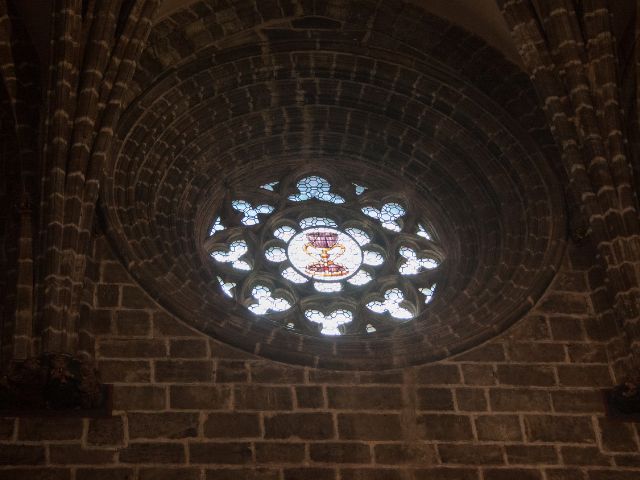
Religious and Ritual Significance
From pagan rituals to Christian ceremonies, drinking horns have been used in various religious contexts.
In some cultures, they were used in offerings to the gods, while in others, they played a role in funerary rites or sanctification rituals.
The Drinking Horn in Royal Courts
Drinking horns were often a fixture in royal courts, symbolizing power and wealth. They were used in ceremonial toasts and, in some cases, as a means of displaying alliances and diplomatic relationships.
Use in Modern Ceremonies and Festivals
Today, drinking horns can still be seen in certain ceremonies and festivals, often those with historical or cultural significance.
They are used in reenactments, medieval festivals, and even some modern weddings, bringing a touch of historical authenticity and symbolic resonance.
Design and Craftsmanship of Drinking Horns
Over the centuries, the design and craftsmanship of drinking horns have evolved and varied greatly, reflecting the aesthetics, resources, and cultural influences of their makers.
Materials and Construction
While early drinking horns were made directly from animal horns, later versions often incorporated other materials like metal and glass.
The construction process also became more sophisticated over time, involving complex techniques such as carving, metalworking, and enameling.
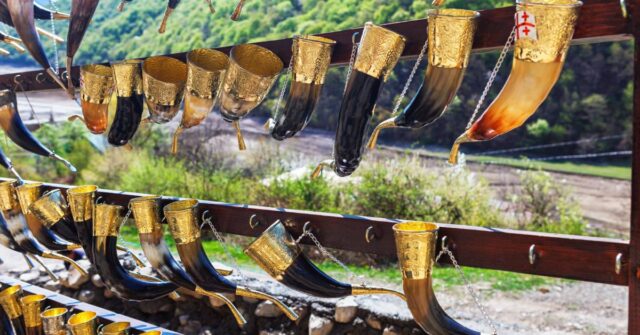
Artistic and Symbolic Embellishments
Many drinking horns feature artistic embellishments that not only enhance their aesthetic appeal but also carry symbolic meanings.
These can include depictions of gods, mythical creatures, historical events, and geometric patterns, each telling a story or conveying a message.
Influence of Cultural Trends on Design
The design of drinking horns has often mirrored broader cultural trends.
For instance, during the Renaissance, drinking horns often featured classical motifs, while in the Victorian era, they incorporated elements of romanticism and naturalism.
The Drinking Horn in Literature and Art
The iconic drinking horn has also found its place in literature and art, serving as a symbol, a narrative device, or simply a reflection of everyday life in certain periods.
Depictions in Medieval Literature
Drinking horns feature prominently in medieval literature, from epic poems to courtly romances. They are often associated with feasting, revelry, and heroism, reflecting their cultural significance during this period.
Visual Art and Iconography
From ancient carvings to Renaissance paintings, drinking horns have been depicted in various forms of visual art.
These representations provide valuable insights into their design, use, and symbolic meanings across different cultures and periods.
Modern Use and Perception of Drinking Horns
While drinking horns may no longer be a common household item, they continue to hold cultural relevance and intrigue in the modern world.
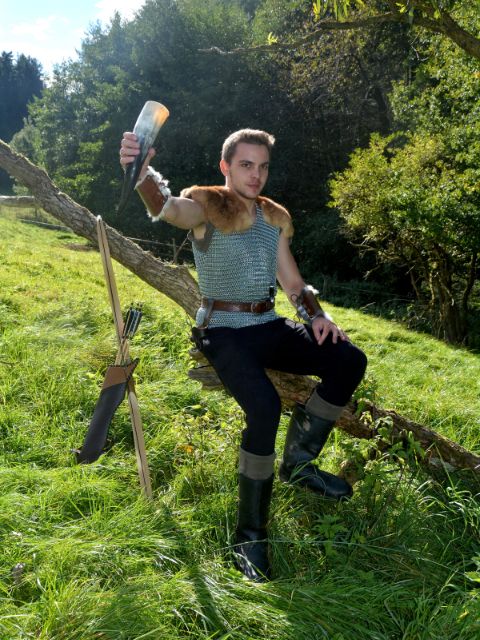
Drinking Horns in Pop Culture and Media
From fantasy novels to television series, drinking horns have made their way into popular culture, often associated with historical, fantasy, or Viking settings.
Their distinctive shape and rich history make them an intriguing element in storytelling and world-building.
Revival and Craftsmanship in the 21st Century
Today, the craft of making drinking horns has seen a revival, with artisans employing both traditional and modern techniques to create beautiful, functional pieces.
These modern drinking horns often serve as decorative items, souvenirs, or props, while some enthusiasts use them in a more traditional way, adding a touch of historical authenticity to their drinking rituals.
Conclusion
The evolution of drinking horns from ancient to modern times tells a fascinating story of culture, history, and craftsmanship.
From practical utensils to powerful symbols, from everyday items to works of art, drinking horns have left a lasting imprint on human civilization.
Their continued relevance today speaks to the enduring allure of their distinctive form, rich symbolism, and the timeless human tradition of sharing a drink.
